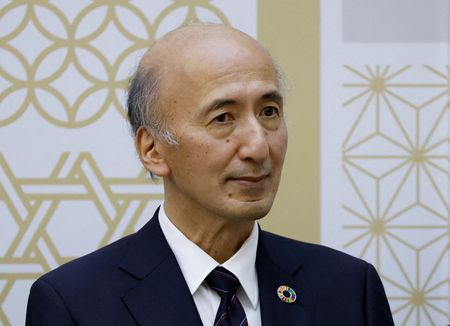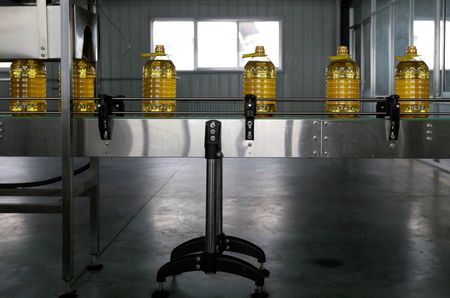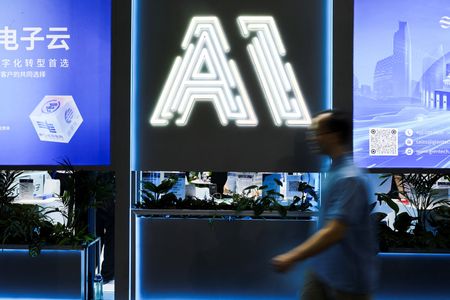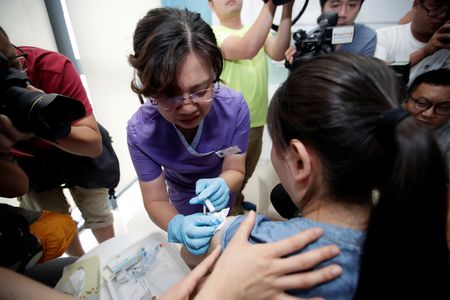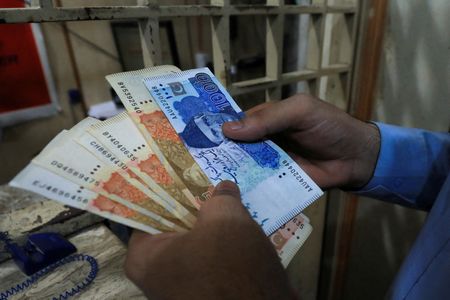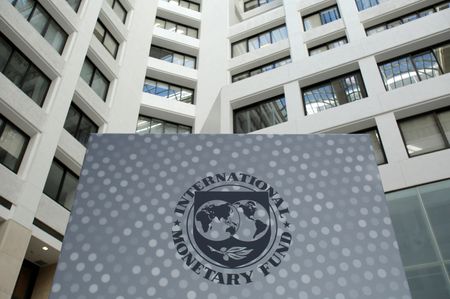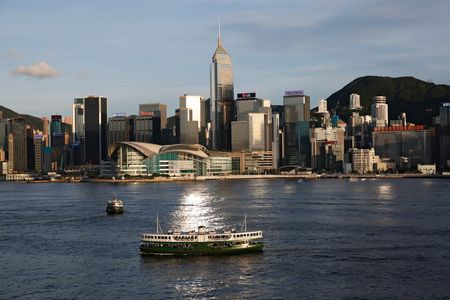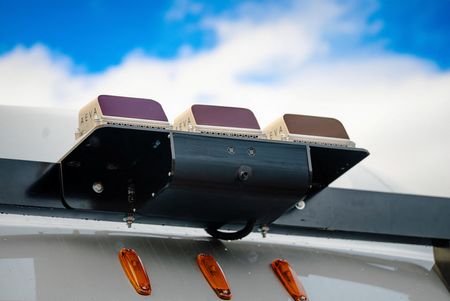By Leika Kihara
TOKYO (Reuters) -The dollar will retain its supremacy as a key global currency but “cracks” appearing in its status will prod investors to continue diversifying into other currencies, said former Bank of Japan Deputy Governor Hiroshi Nakaso.
On Japan’s monetary policy, Nakaso said the BOJ is likely to resume interest rate hikes once uncertainty over the impact of U.S. tariffs on the economy diminishes.
The global economy faces an increased risk of fragmentation due to President Donald Trump’s policies, which seem driven by the recognition that globalisation did more harm than good to the U.S., said Nakaso, who retains close contact with domestic and overseas policymakers.
“We are, in this regard, at an inflection point where the U.S. is trying to replace the global economic order” based on free trade and multilateralism, with a new one “that better serves its national interest,” Nakaso told Reuters in an interview on Monday.
Nakaso said the greenback’s supremacy will not be overtaken anytime soon as “no other currency at this point can substitute the U.S. dollar,” adding that the Federal Reserve will stand ready to provide dollar funding in times of market stress.
“However, what we witnessed in April shortly after the ‘Liberation Day’ was that cracks have appeared in the almighty dollar,” and a sign some investors have shifted part of their portfolios away into other currencies, he said. “This diversification trend may continue over the longer run.”
As chairman of a BIS committee on market operations, Nakaso took part in the creation of a dollar swap line to address a liquidity crunch after the 2008 collapse of Lehman Brothers.
Global forums like the Bank for International Settlements (BIS) and the G7 group of advanced economies will continue to play a key role in times of financial crises, he said.
Trump’s announcement of sweeping tariffs on April 2, which he described as “Liberation Day”, triggered a huge outflow of funds from U.S. assets in a move some analysts saw as eroding market trust over the dollar.
Markets have restored some calm as Trump de-escalated his trade war including by signing a trade deal with Japan this month, which led to lower tariffs for its mainstay automobiles.
With uncertainty still high, the BOJ will likely hold off raising rates for now to scrutinise the hit to Japan’s economy from U.S. tariffs and slowing global growth, Nakaso said.
“But once the uncertainties clear enough for the BOJ to restore confidence that the economic and inflation trajectory will move in line with their projections, I think they will be back on their way to the next rate hike,” he said.
Nakaso also said there were upside risks to inflation, as firms have become more keen to raise wages and pass on rising costs through price increases.
“Food products that people buy more frequently are rising much quicker than the headline inflation rates. This runs the risk of inflation expectation overshoot,” he said.
Even with another rate hike, Japan’s monetary conditions will remain loose as inflation-adjusted borrowing costs are still negative, Nakaso said.
“Monetary policy in Japan needs to be vigilant to upside risks to prices too, so as not to be left behind the curve.”
A career central banker with expertise on financial markets, Nakaso served as deputy BOJ governor from 2013 to 2018. He is currently chairman of Japan’s Daiwa Institute of Research.
(Reporting by Leika Kihara; Editing by Sam Holmes)

